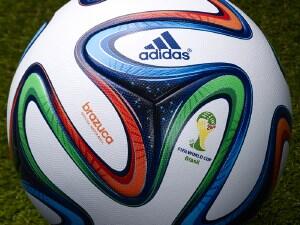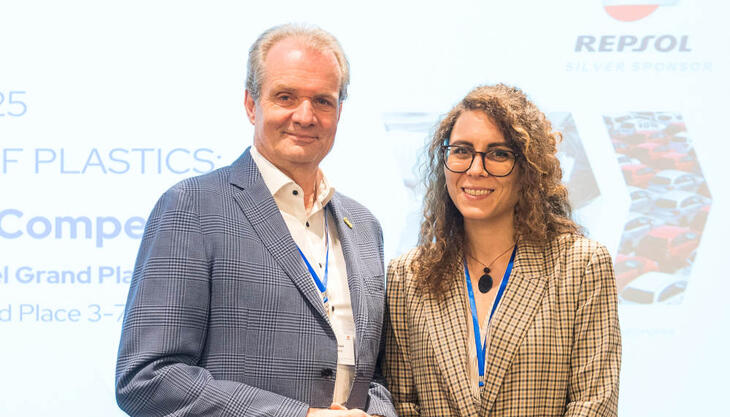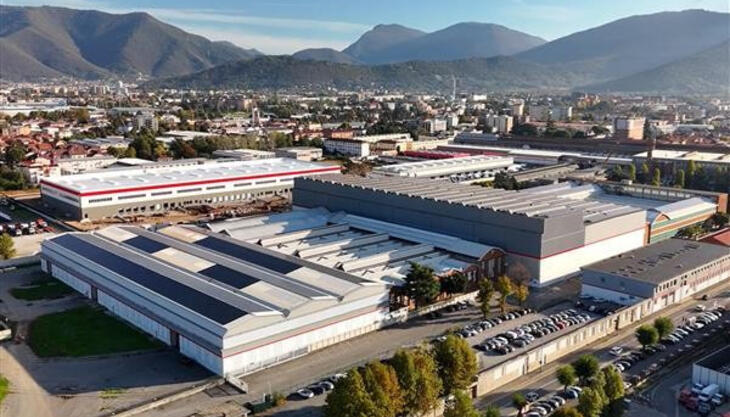The perfect shape

The tension increases. Soccer fans are eagerly awaiting the World Cup kick-off on June 12. But the official match ball - the "Brazuca" - is already available for a couple of months. It packs all the know-how and expertise gained in a nearly 30-year partnership between adidas and Bayer MaterialScience. The two companies have been working together in the field of ball development since 1986. From the outset, Bayer's polyurethane materials have played a key role. It is these products that give the high-tech balls their perfect shape and outstanding properties.
The "Brazuca" reveals its true qualities on the pitch, when precision passes are made or the ball flies true when shot towards the goal. This has been demonstrated not only in the sunshine, but also in very bad weather. More than 600 professional players and 30 teams in ten countries tested the "Brazuca" under all kinds of outdoor conditions. Soccer greats such as Lionel Messi, Bastian Schweinsteiger and Zinedine Zidane have already had the opportunity to test it. The ball has also been used in friendly matches involving the German national team. "This makes it the most tested ball that adidas has ever put on the market", says Oliver Brüggen, director of public relations at adidas. The results of the laboratory trials also speak for themselves: the "Brazuca" complies with or exceeds all the standards set by the international governing body of soccer.
And that's all down to the ball's structure. Inside, it consists of an air-filled latex bladder. This is covered with a textile fabric that serves as a substrate for the outer layers. "But, in actual fact, the Brazuca owes its many highly praised properties to its outer skin", says Thomas Michaelis, project manager for ball development at Bayer MaterialScience. "It comprises a total of five layers based on Impranil polyurethane raw materials". They ensure optimal ball contact and prevent any moisture absorption. They are also responsible for the fact that the shape and appearance of the ball are retained for a long period of time.
The innermost layer of the skin is an adhesion coating that connects the textile substrate to the layers above. On top of this is a polyurethane foam layer, roughly one millimeter thick, made up of millions of gas-filled microspheres. This foam is highly elastic so that the ball, after being deformed from being kicked, immediately returns to its spherical shape to ensure an optimal trajectory.
The outer skin comprises three compact layers of polyurethane with different thicknesses. These layers are responsible for the outstanding resistance to external influences and abrasion, and for the ball's high elasticity. They also help to preserve its unique appearance. While the surface of conventional soccer balls consists of 12, 16 or even 32 panels, the "Brazuca" is made up of only six panels of absolutely identical shape. The perfect symmetry is not only an outstanding geometric achievement, it also has major advantages: The more panels used to cover the surface, the more seams there are that could absorb moisture. Fewer elements means that the ball is more durable and more resistant to the elements. The panels are bonded together using patented thermobonding technology. The manufacturers obtain optimal results under defined pressure and temperature conditions - and with a special, heat-activated adhesive based on Bayer's Dispercoll U raw materials.
The name "Brazuca" is a direct expression of the Brazilian joie de vivre, as is the colorful design of the ball. Even the creation of the name is typical of the soccer-crazed nation: more than a million Brazilian fans voted on the issue and chose it with a clear majority of over 70 percent. This is a first in the history of the world football association, which had previously chosen the name of the official match ball itself.
While fans eagerly anticipate the start of the mammoth sports event, the "Brazuca" from adidas has already stepped on to the world stage some months ago, as its leading actor. But even after this World Cup is history, the sporting goods manufacturer will already be developing the next official ball for the World Cup: the contract with FIFA has been extended to 2030. adidas' long-time partner, Bayer MaterialScience, with its ball know-how and high-performance products, will be delighted to remain part of this.
















